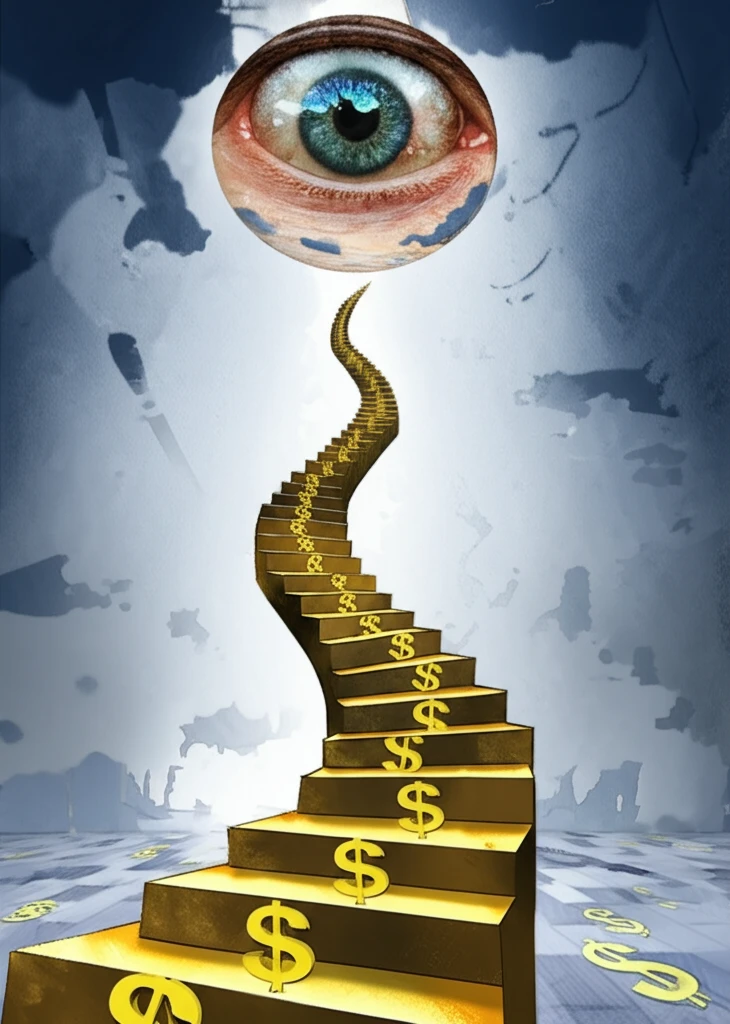
Is Inflation Here to Stay? Unpacking the Attention Threshold and What It Means for Your Wallet
"New research reveals how public attention to inflation can dramatically impact its persistence, offering crucial insights for consumers and policymakers alike."
For many, the word "inflation" has become a household term, sparking anxieties about rising costs and economic uncertainty. After decades of relative stability, the recent surge in inflation has not only impacted our wallets but has also captured public attention, creating a feedback loop that economists are only beginning to fully understand.
A groundbreaking study by Oliver Pfäuti sheds light on this critical dynamic, introducing the concept of an 'inflation attention threshold.' This threshold explains how and when public awareness of inflation significantly alters its course, turning what might be a temporary economic hiccup into a persistent surge.
Understanding this threshold is vital for everyone, from everyday consumers trying to budget effectively to policymakers tasked with maintaining economic stability. Let's dive into the details of Pfäuti's research and explore its implications for your financial future.
The Inflation Attention Threshold: What Is It?

Oliver Pfäuti's research pinpoints a specific level at which inflation starts to grab public attention, which then intensifies its impact on the economy. According to the study, this attention threshold is around a 4% annual inflation rate. Once inflation surpasses this mark, the public's awareness doubles, leading to significant macroeconomic consequences.
- Increased Sensitivity: When inflation is above the 4% threshold, people are much more sensitive to price changes.
- Reinforced Surge: This heightened sensitivity reinforces the inflation surge, making it harder to bring inflation back down.
- Prolonged Impact: The 'last mile' of disinflation becomes more challenging as attention remains high, even after inflation starts to decrease.
Navigating the Future: What This Means for You
Understanding the inflation attention threshold can help you make more informed financial decisions. Be aware of how your perception of inflation might be influencing your spending and saving habits. Stay informed, but avoid fixating on inflation to the point where it drives anxiety and potentially irrational decisions. For policymakers, this research underscores the need for proactive and clear communication strategies. By effectively managing public expectations and maintaining transparency, central banks can mitigate the self-reinforcing dynamics of inflation and steer the economy towards greater stability.
